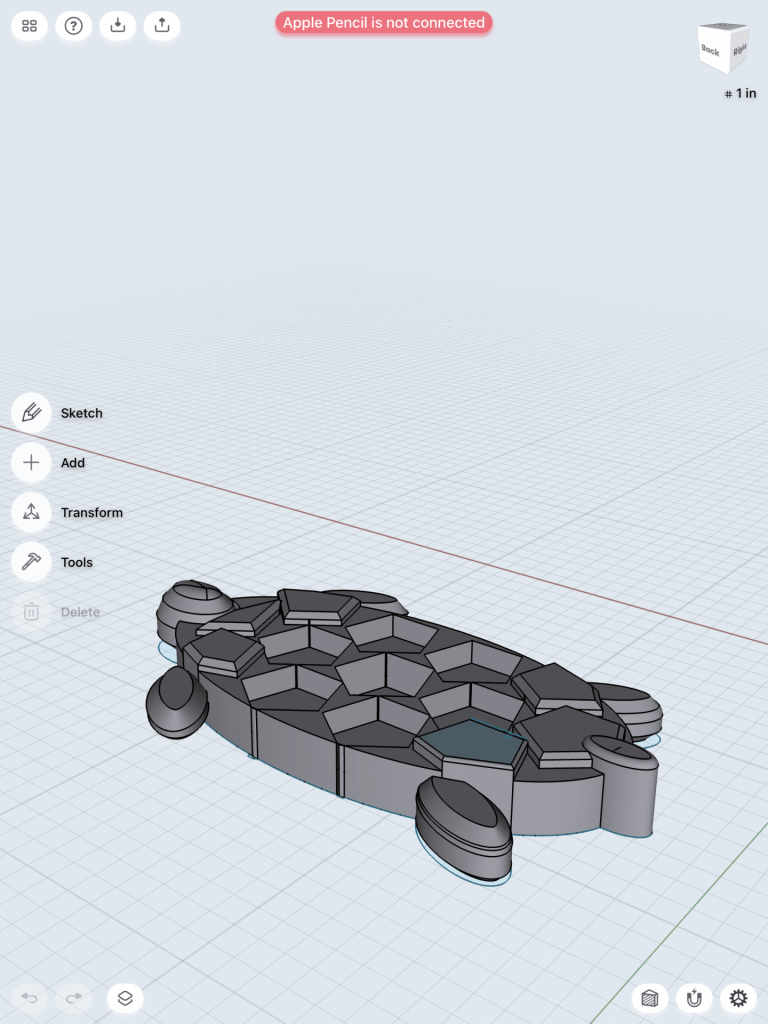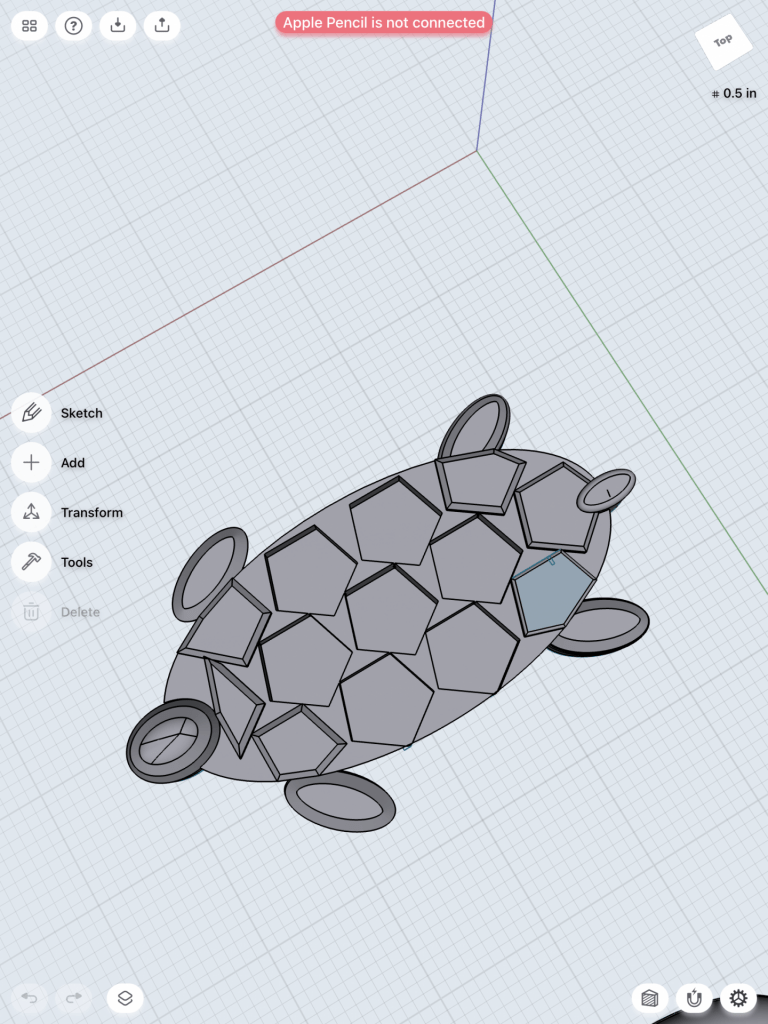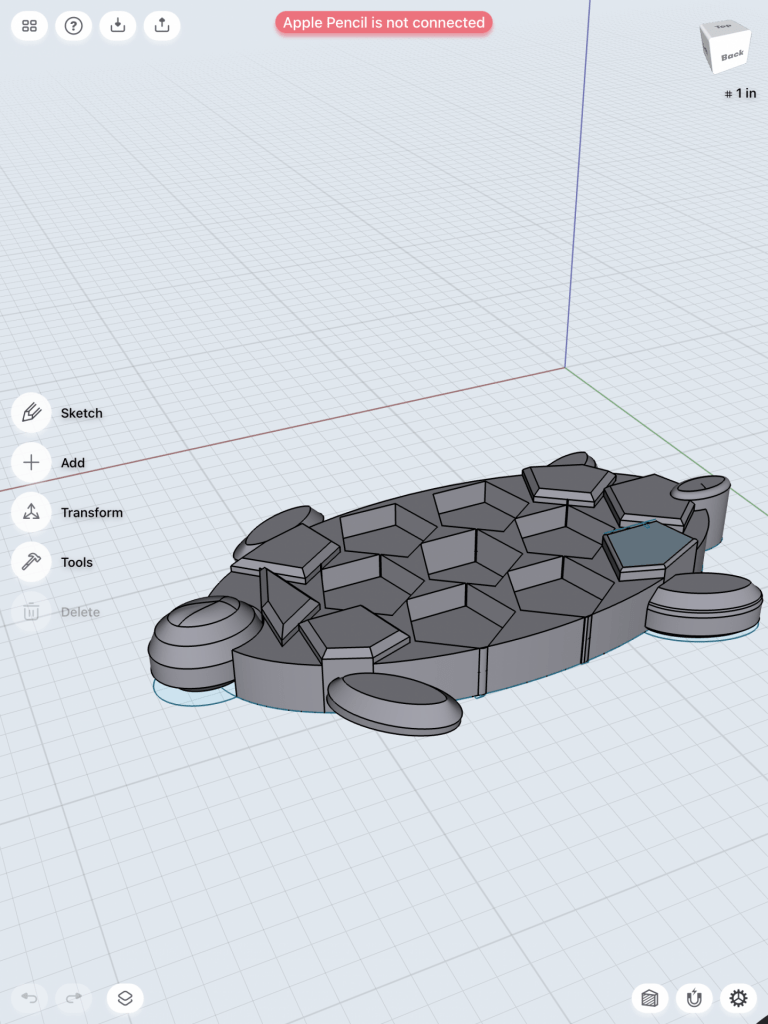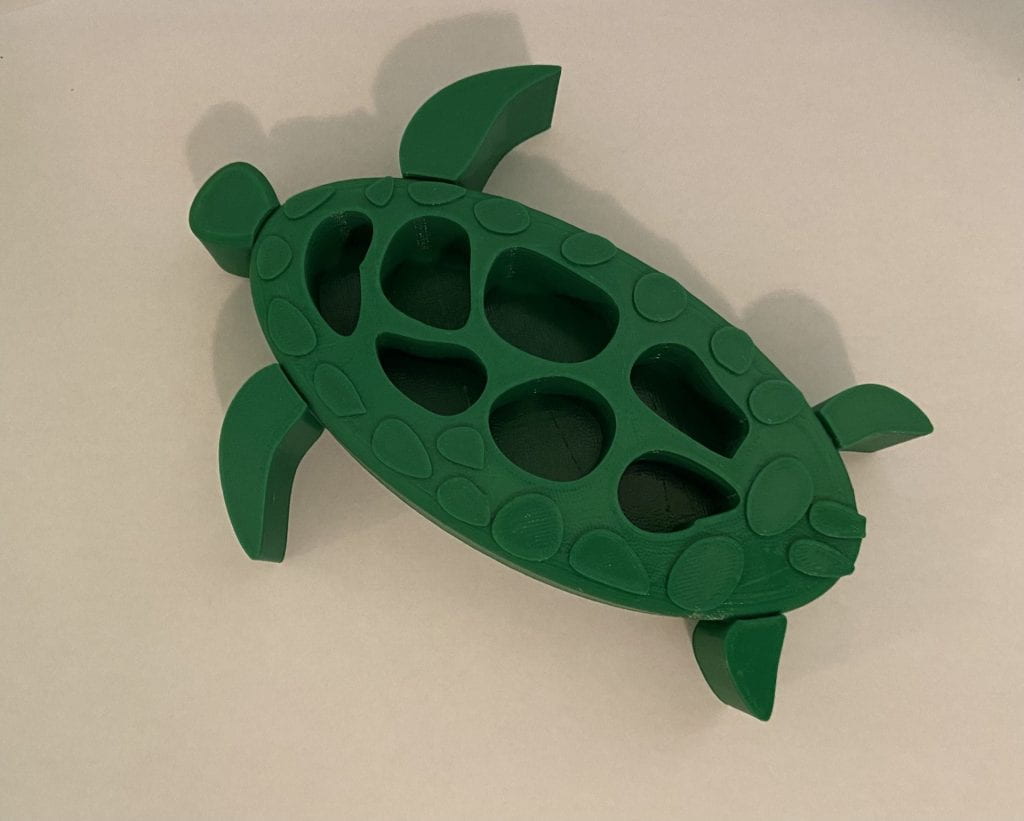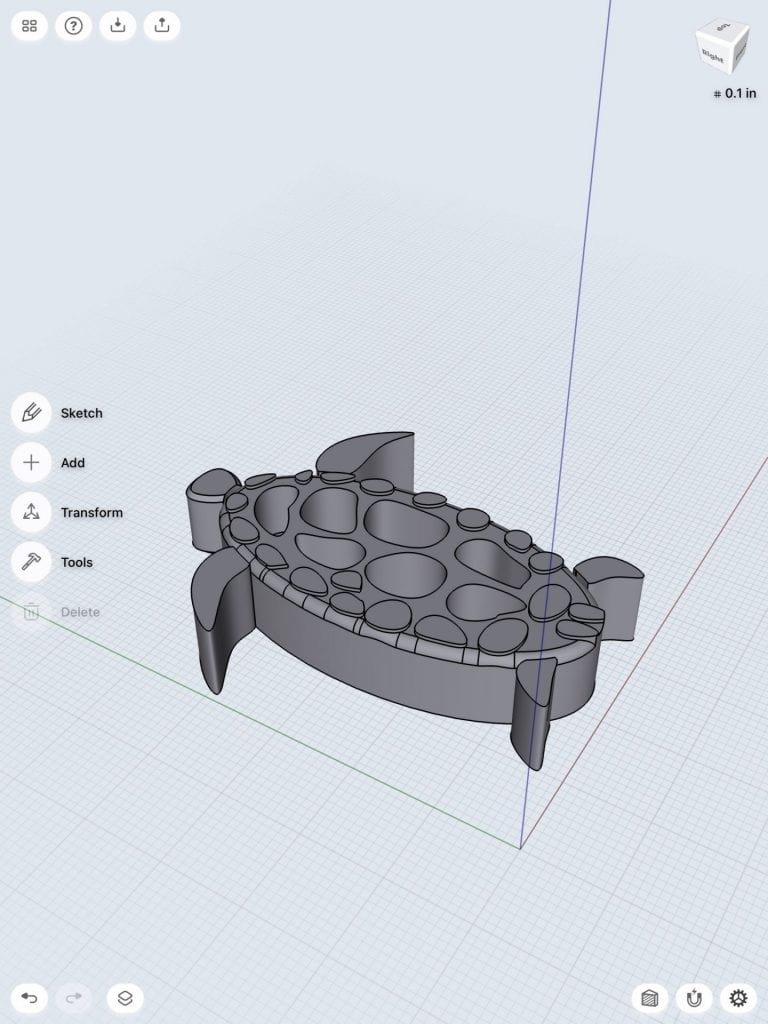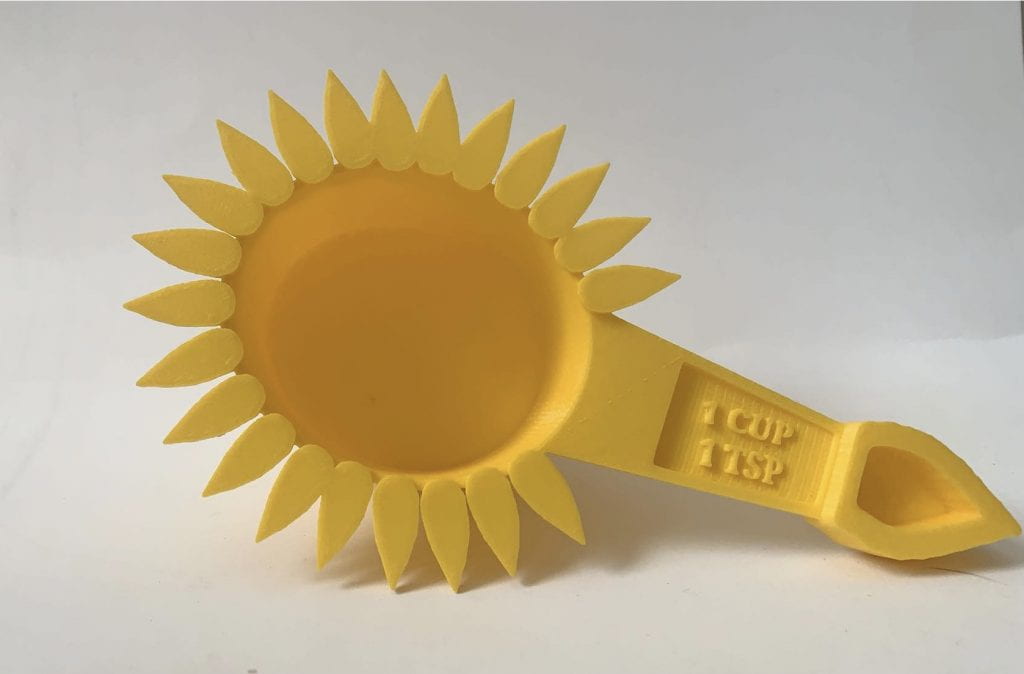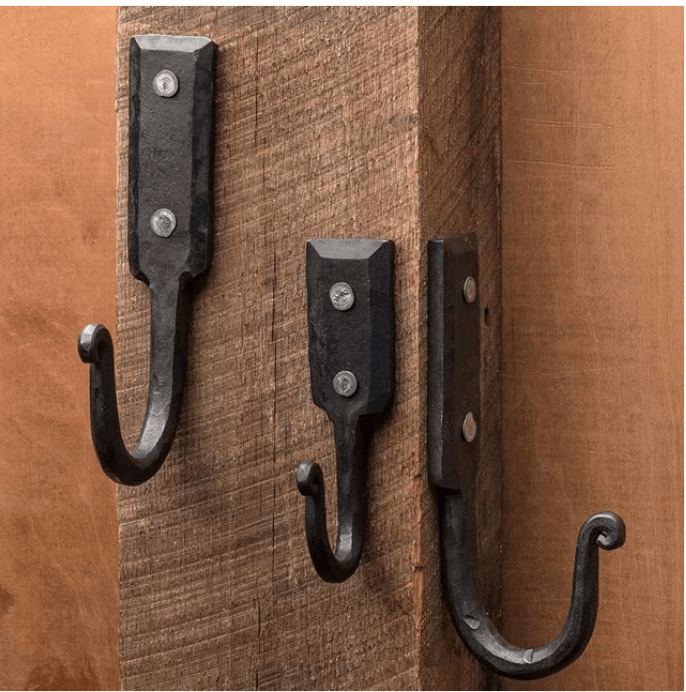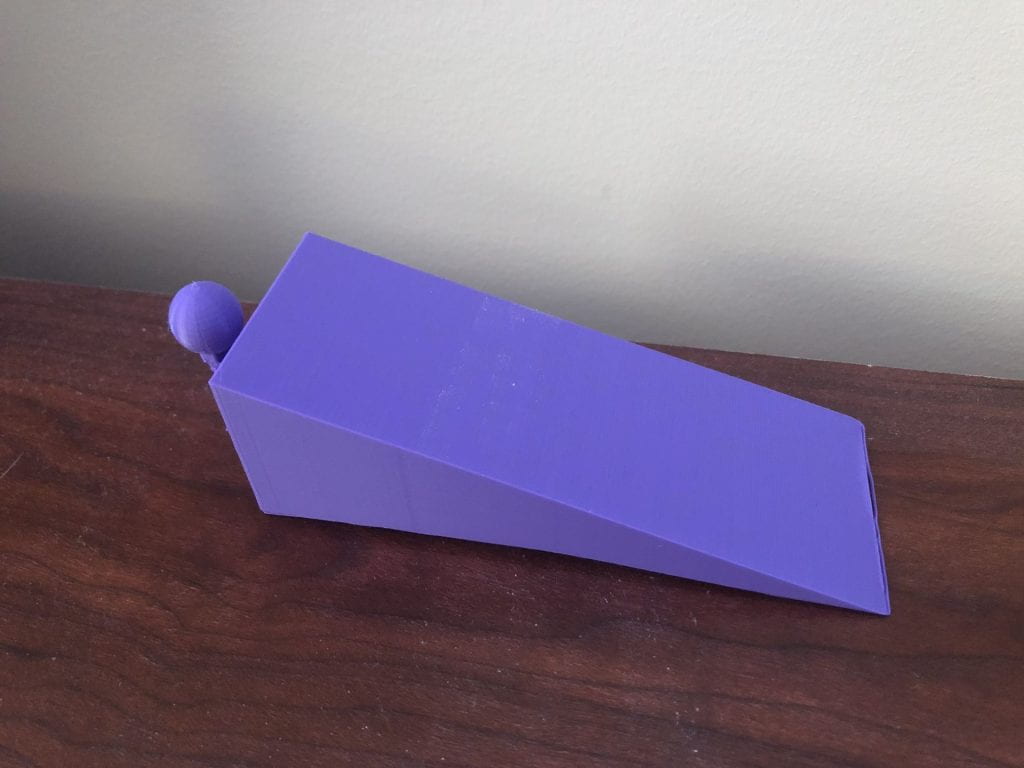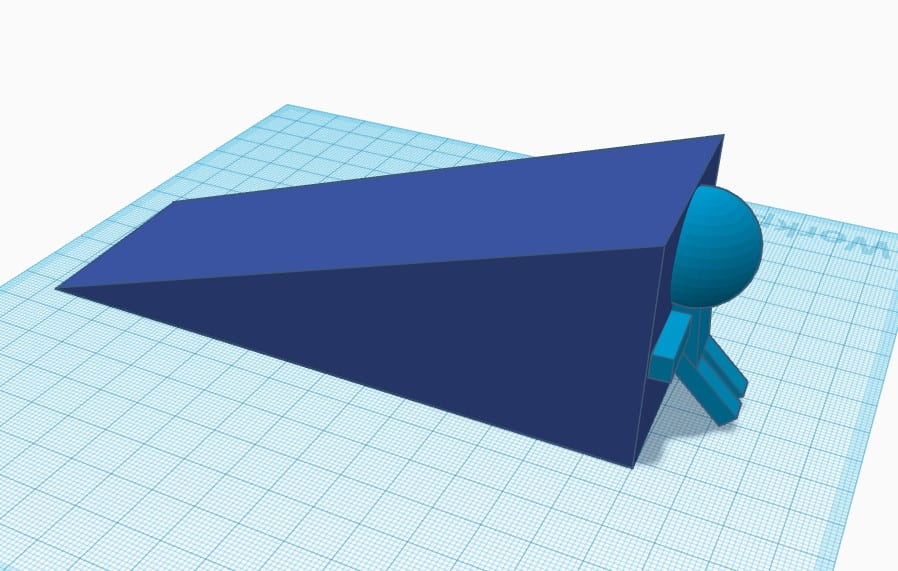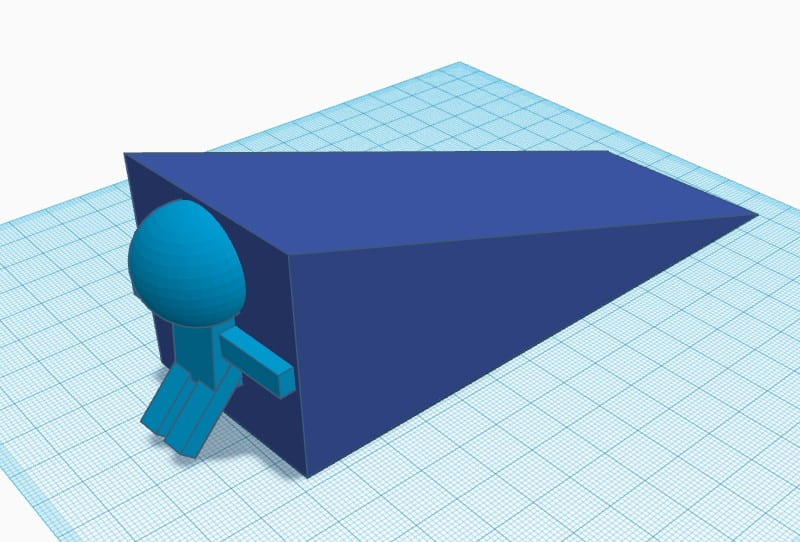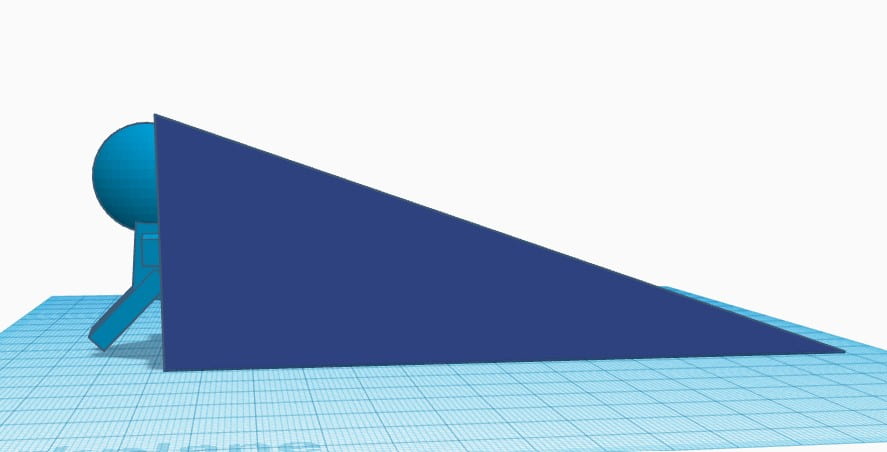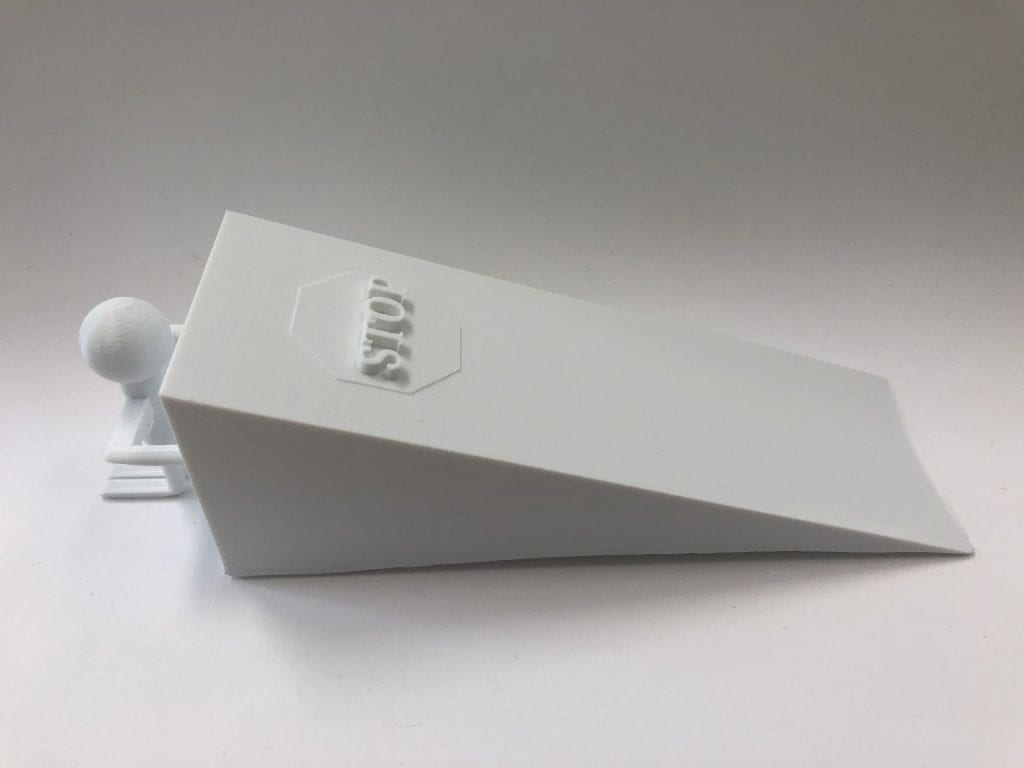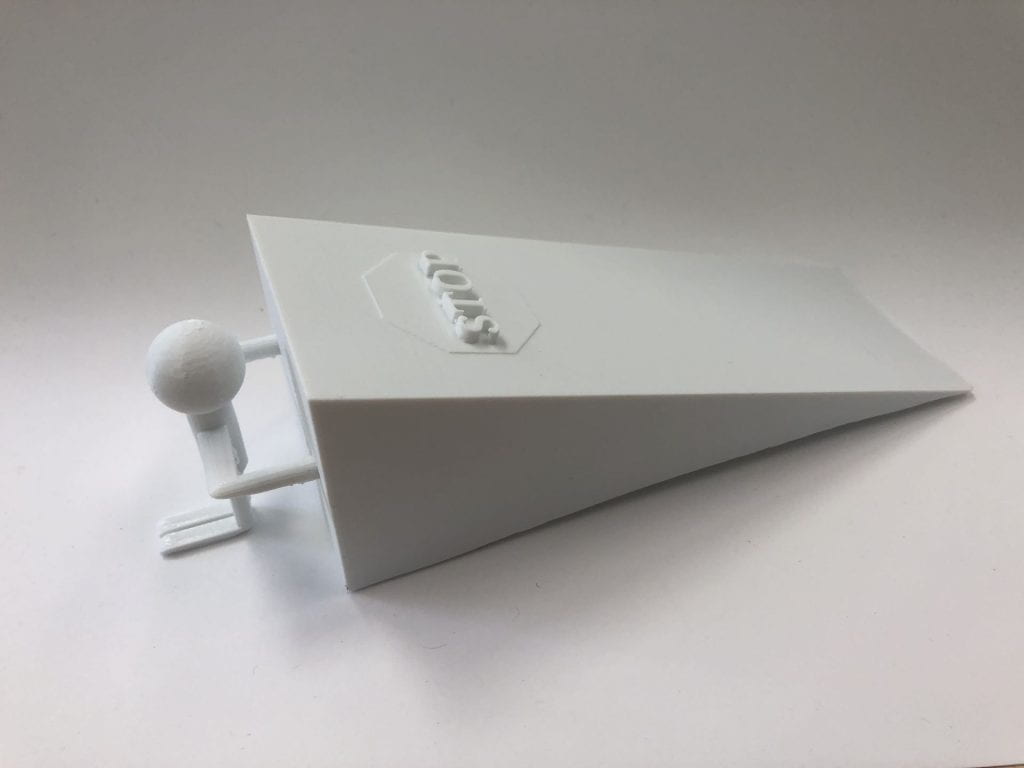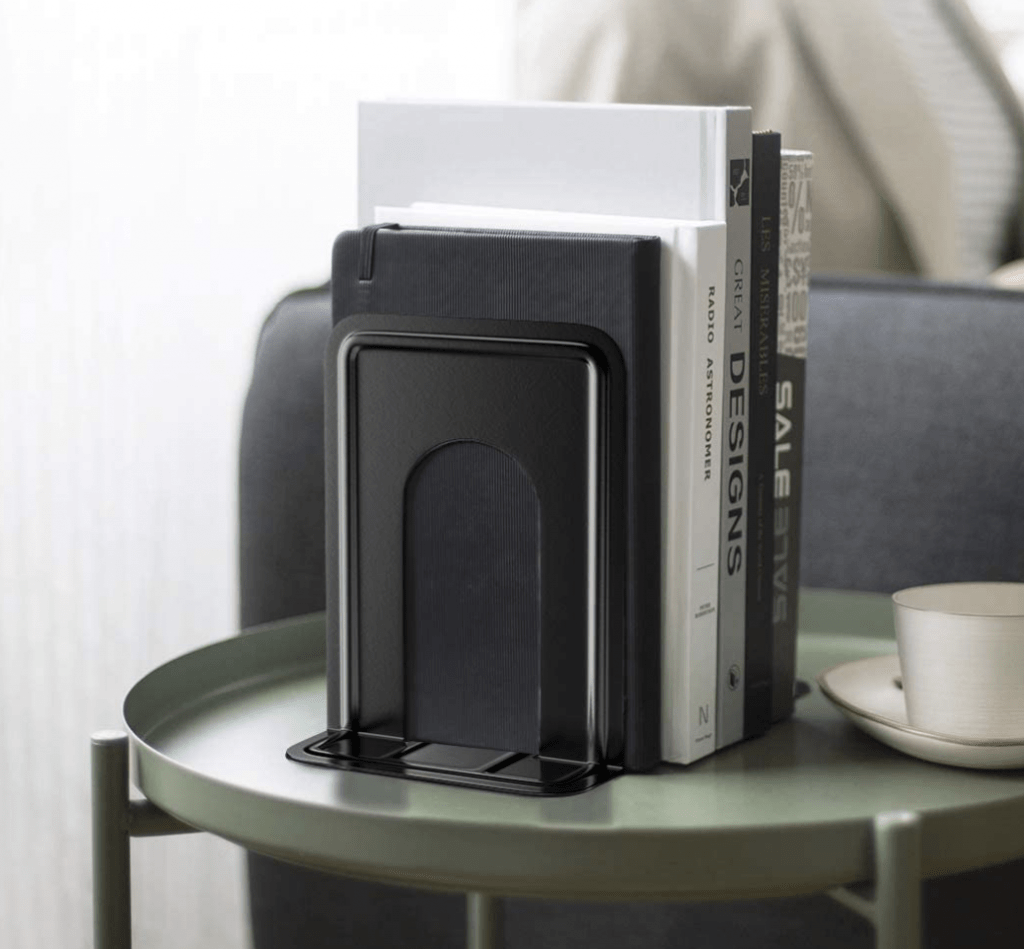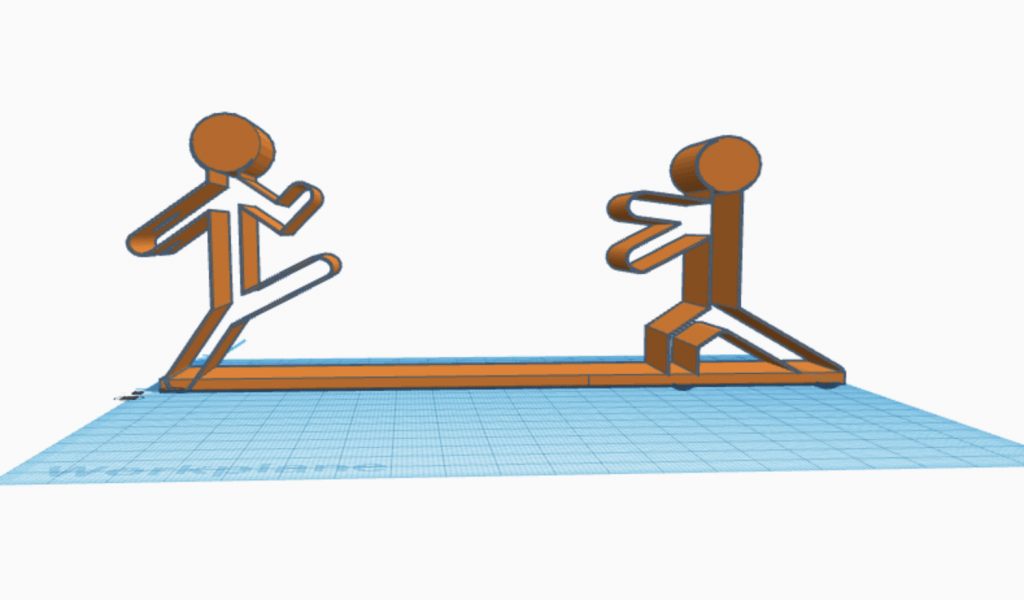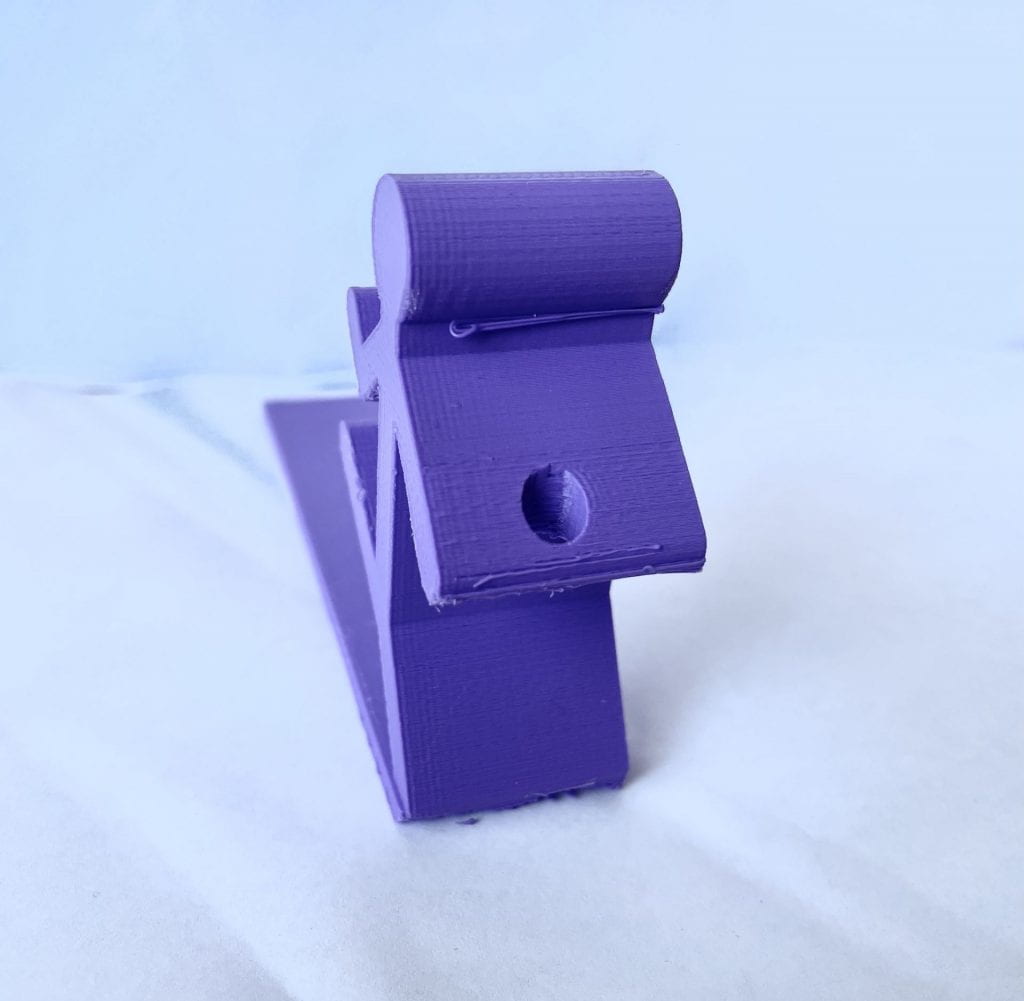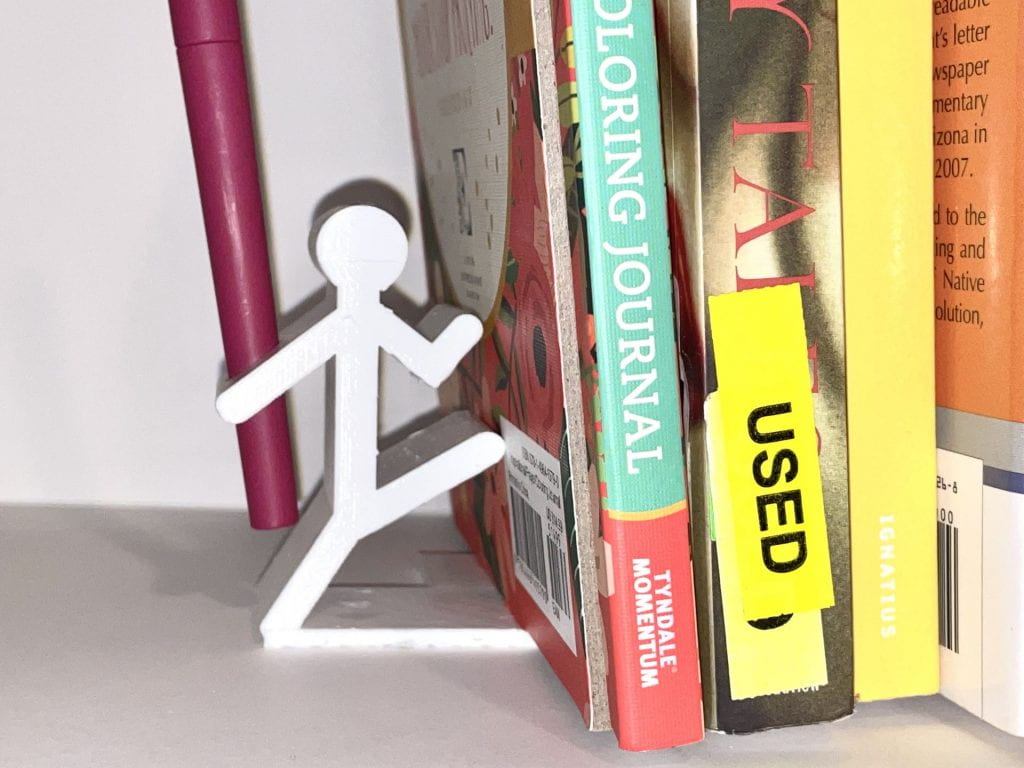Research and Concept

Throughout this pandemic, my grandmother has been someone I have endlessly been thinking about. We have not seen each other in over a year, so calling each other on the phone is something that I have really prioritized doing each day, since she has not been able to go out much or see anyone other than my grandfather in a very long time. We tend to talk about anything and everything, including the annoying amount of medication she has to take each day. As I was coming up with an object that could use a bit of playfulness, I thought of making something I could give to my grandmother. Although a pill organizer isn’t the “coolest” of objects, I figured that it would be something that would remind her of me as she uses it every day. A pill organizers function is to help people organize which pills they need to take on each day. My grandma tends to fill her pill organizer on Sunday nights to prepare for the week. Because she needs to take different pills on different days, her pill organizer allows her to sort out her week of medications once a week and not have to look up everything she needs to take every single day.
I have found it a trend that “playful” objects often include a connection to an animal, so I tried to think of animals that have scales or some type of polygon shape on them that I could use to be the compartments of a pill organizer. I landed on the idea of using a turtle for my playful twist on a pill organizer because I thought the scutes on the turtle’s shell would work perfectly for this function of organizing pills. Seven of the turtles scutes will open up, one for each day of the week, and that is where the pills for the day can be stored. I believe this would be a playful and interesting twist to an object that is otherwise boring-looking and definitely not-so-fun of a thing to use.
Sketches

Iterations
First Iteration
My first iterations did not go how I had originally planned; I spent hours on Shapr 3D attempting to create a turtle figure with its back having compartments for the pills to go, but the integrity of my design was lacking. I compromised the integrity in order to make the design more like how I pictured it in my head, which is obvious by looking at my first prints. Unfortunately, the hexagonal shapes on the turtle’s back, which were meant to be compartments, had holes in them throughout that were not visible on Shapr 3D. I am out of town this week so a fellow classmate graciously printed my design out for me, so I figured that the best way to share that with her would be on Tinkercad where she could look up my profile and find my design to print. When I exported my design from Shapr 3D to Tinkercad, the low-quality export hurt the quality on Tinkercad, and thus hurting the quality of the print. Since I am out of town, I could not print a second time to make any changes once I saw what was wrong with my first print, but I am eager to print this again and redesign a better foundation for this object.
Below is the original design on Shapr 3D.
Second Iteration
For my second iteration, I felt that I had nearly landed on my final product on the dot. I created a new design on Shapr 3D from scratch, in which I changed quite a few things. Firstly, I made an oval shape and pulled it up to create a one-inch high body. From there, I used the spline tool to make the scutes on the turtles back into more realistic shapes, rather than hexagons as I did with my first print. I made seven scutes larger than the others on the sides for those to be the holes for each day of the week in which pills can be stored. Once I lowered those seven scutes, I added the fins and the head and made the entire model a united body in order for them to be connected. I purposefully made the fins different shapes because when using a reference picture for the design, I saw that these were aspects of turtles that are fairly unique and I wanted to make the turtle more realistic. I rounded out the top and bottom edges of the head so that it looked more like a real rounded head that a turtle has, but would still be stable and not be susceptible to breaking off. Overall, I thought this design was great and I loved the way it printed, however what I found was that the size of the holes were fairly small which would make it difficult to stick your finger in and grab things out of, so I wanted to make that adjustment.
Below is the design for my second iteration on Shapr 3D.
Final Print and Reflection
For my final print, I decided that I wanted to take the same design as my second iteration, but put it at 120% scale. This larger print would allow for an easier experience when someone is trying to stick their finger in the holes and fetch out the pills that they put in. The higher scale worked perfectly and I love the way that the final print turned out. The integrity of the design was still perfectly intact, and now the functionality has been raised. As final touches, I spray painted the turtle a beautiful light green color and added glue dots to the bottom; the light green spray paint was used because I loved how my second iteration was printed with green filament, and I wanted my final product to be green as well to emulate the green color that turtles are well-known as having. The glue dots were added so that the print could hold sturdy on a surface, because without it, the slippery plastic filament texture would slide all over other hard surfaces it is placed on. Also, since the holes do not have caps to cover them, the glue dots take the place of ensuring that the pills placed inside of them do not fall out, as the design will remain stable on the surface it’s placed on. I am extremely happy with how this design turned out and I believe that it serves its intended purpose and does a great job of adding a bit of whimsicalness to the otherwise boring object of a pill organizer.
The process of making this final design was quite stress-inducing in the beginning stages. The idea of actually trying to make this design come to life made me wish I had chosen something easier to create, but I needed to stick with it. My first design was quite the eye-opener in the sense that I had found creating the original turtle design to be super challenging, and then when it didn’t print the way it was pictured on my Shapr 3D screen I felt even more defeated. After doing two of the tutorials to create other objects on Shapr 3D, I then learned other tools that made me want to start my design from scratch, so that is what I did. Going in with a bit more pessimism than I did when designing my first design, I started creating this brand new design with caution. To my surprise, my second design was created with much more ease than the first one (who knew that actually learning the tools of a program would help?!). Once this second iteration was printed, I was ecstatic that the only change I wished to make was for it to be bigger. I was so enthusiastic about this print that I wanted to go the extra mile and spray paint it and add glue dots to make it look how I imagined it in a perfect world, and it did exactly that. This is my final product because it turned out to be fully functional, whimsical, and overall simply a fun design. Now, after having been through all the ups and downs of emotions with Shapr 3D, I can actually say that I find the program to be quite fun to work with and I really enjoyed it, and I am really proud of my print.
My design for my print on Shapr 3D can be seen above under my second iteration, because the only thing I changed was the scale. Below is my final design on Tinkercad.



